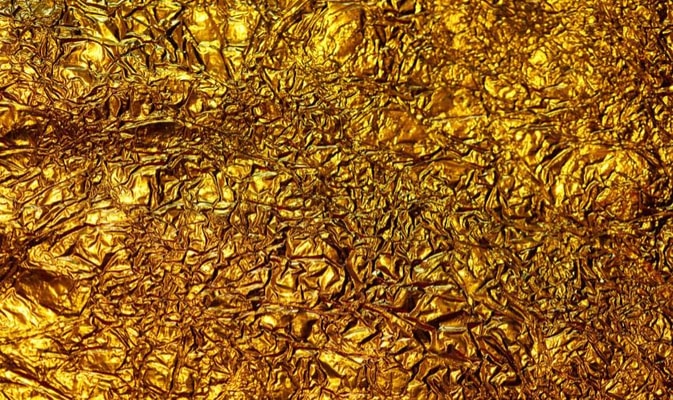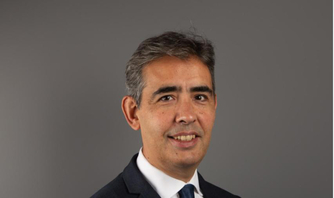The risks and opportunities of investing in precious metals

9 MAY, 2023
By Constanza Ramos


Benjamin Louvet, Commodity manager at OFI Invest AM.
In this interview, Benjamin Louvet, Commodity manager at Ofi Invest AM, discusses the investment objective, asset allocation, and performance history of OFI Invest Precious Metals Fund, which provides investors with exposure to the performance of gold and other precious metals. He also explores the fund manager's investment philosophy and approach to managing precious metals investments, as well as the factors driving their performance in the current economic environment. Additionally, he discusses the potential risks and opportunities associated with investing in precious metals.
What is the investment objective of the fund?
OFI Invest Precious Metals is aimed at giving investors a way to get exposed to gold and precious metals' performance. As UCITS-compliant funds have to be diversified, the fund is exposed not only to gold but also to silver, platinum, and palladium, which are all considered precious metals. But the correlation between the fund’s performance and the one of gold is pretty high, varying between 75% and 85% over time.
What is the fund's asset allocation and which precious metals does it invest in?
The fund is exposed to gold (35%), silver (20%), platinum (20%), and palladium (20%). The 5% remaining are exposed to short-term interest rates on the dollar (SOFR contract). The fund is rebalanced every day, as its allocation is flirting with the limit fixed by the UCITS regulation. Thus, investors know exactly every day what they are exposed to.
What is the fund's performance history and how does it compare to its benchmark and peers?
On a 5 years period (as of 27/04/2023), the fund’s net performance is up +26,21%, and on a 3 years period, it is up +10.45%. There are no “peers” properly speaking. If you compare the performance of the fund with the one of gold or gold miners (NYSE Arca Gold Miners Index for example), the fund’s net performance is below the one of gold (gross of fees) on a 5 years period, but better on a 3 years period.
What is the fund manager's investment philosophy and approach to managing precious metals investments?
In a world where a kind of de-globalization is more and more likely, with the massive investment needed in the transformation of energy production, while major economies are already highly indebted, confidence in fiat currencies is progressively questioned. As gold is “no one’s debt” and can’t go bankrupt, it is more and more considered as a potential store of value. This situation should lead to low real interest rates for a long period of time. As gold has no yield, it will benefit from the low real yield on other asset classes. It could also profit from worries about the economy, coming from the end of globalization and the geopolitical situation. But more than this, precious metals are also more and more part of the ongoing energy transition. Demand from green technologies for silver went from almost zero 10 years ago, to roughly 25% of the worldwide silver production today. And the demand keeps growing! That’s the same for platinum and palladium.
How have precious metals performed in the current economic environment and what factors are driving their performance?
Precious metals had a bumpy year in 2022. They went sharply up at the beginning of the year because of worries coming from the war in Ukraine, before correcting sharply with the less accommodative policies implemented by central banks because of inflation. Since the start of this year, gold went back up, and is now close to its highest ever. Silver is following. Platinum and palladium are still lagging, even if the situation recently improved. The main factor for gold and silver will be the central banks' monetary policy. Should real interest rates go lower, gold and silver prices should go higher. Central banks' gold purchases are also important, as they show that institutions that set interest rates are keen to invest in gold. Central banks made their biggest gold purchase since 1967 last year, and the period January-February this year was the best start in terms of central banks' gold purchases since at least 2010!
For platinum and palladium, the 2 main factors will be production uncertainty in South Africa (which produces 80% of the world's platinum production, and 40% of palladium) due to power outages, and the recovery in the auto sectors as these 2 metals are mainly used to produce catalytic converters. Also, they could be supported by the quick development of hydrogen technology, as platinoids are used in certain types of electrolyzers and fuel cells.
What are the potential risks and opportunities associated with investing in precious metals?
Gold and silver are mainly driven by real interest rates. So the main risk would be to see real interest rates going higher, making gold’s investment less attractive. But it is highly unlikely as the government’s debt would make the debt burden unbearable. For platinum, palladium, and silver, the main risk is the one of substitution. As they are highly used in green technologies, should an innovation makes them less useful, the demand could fade rapidly and depresses prices.


